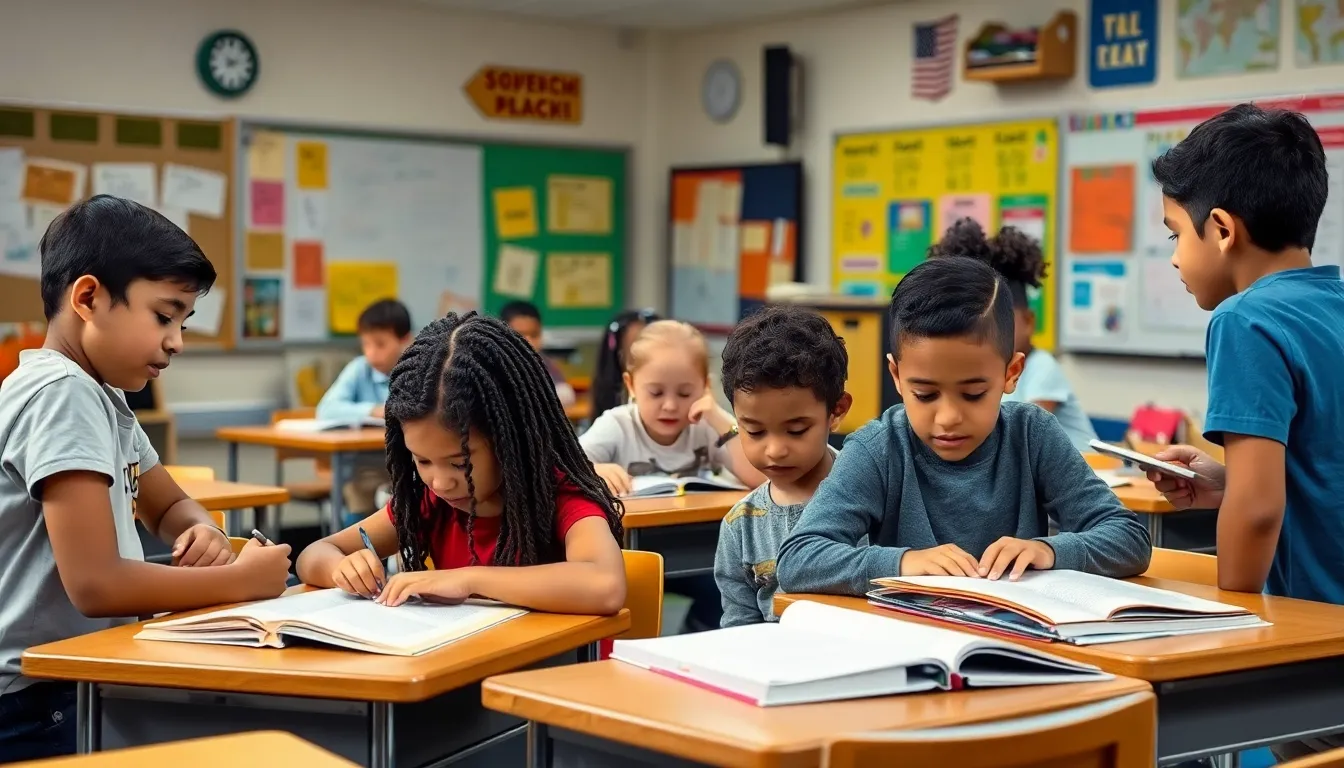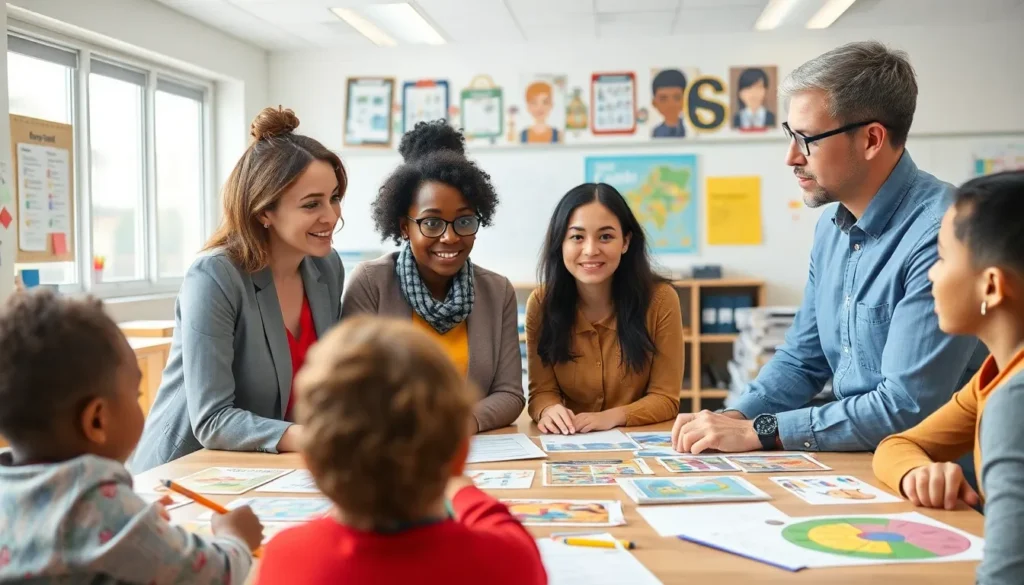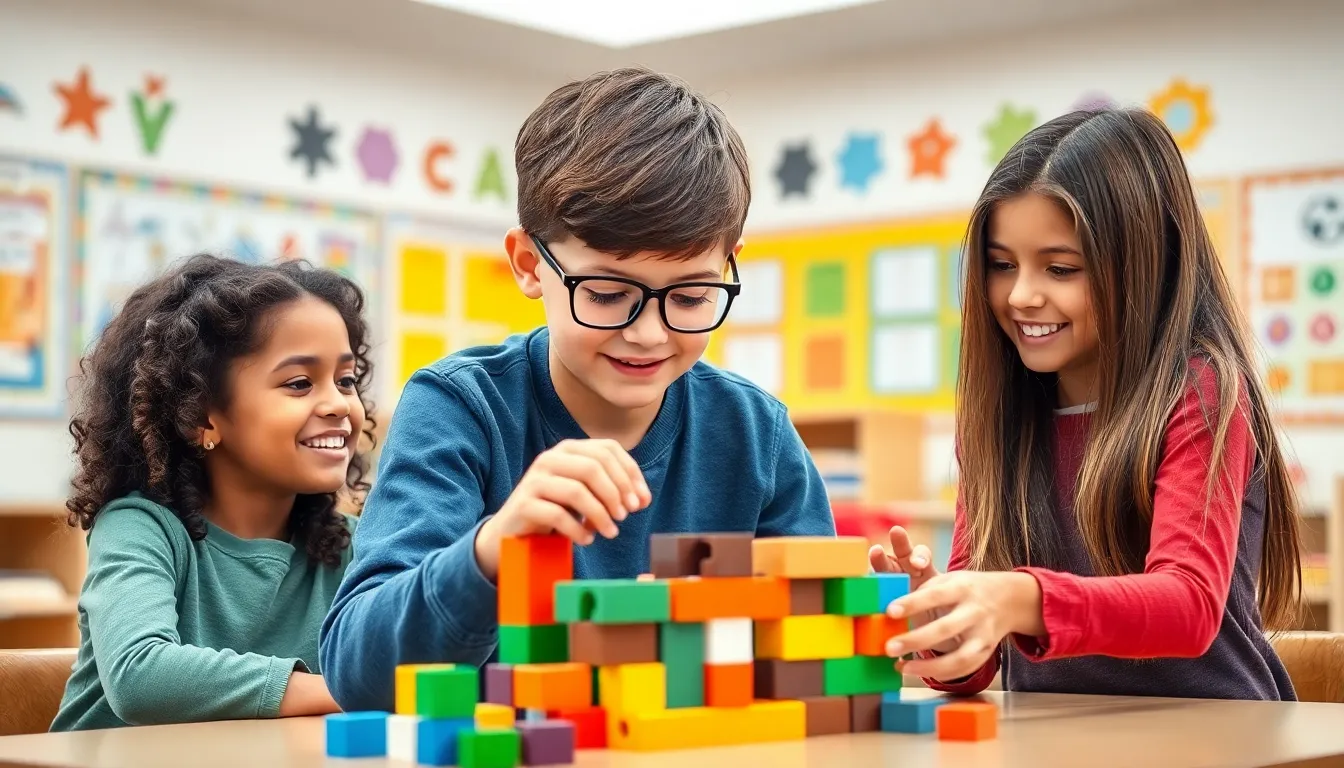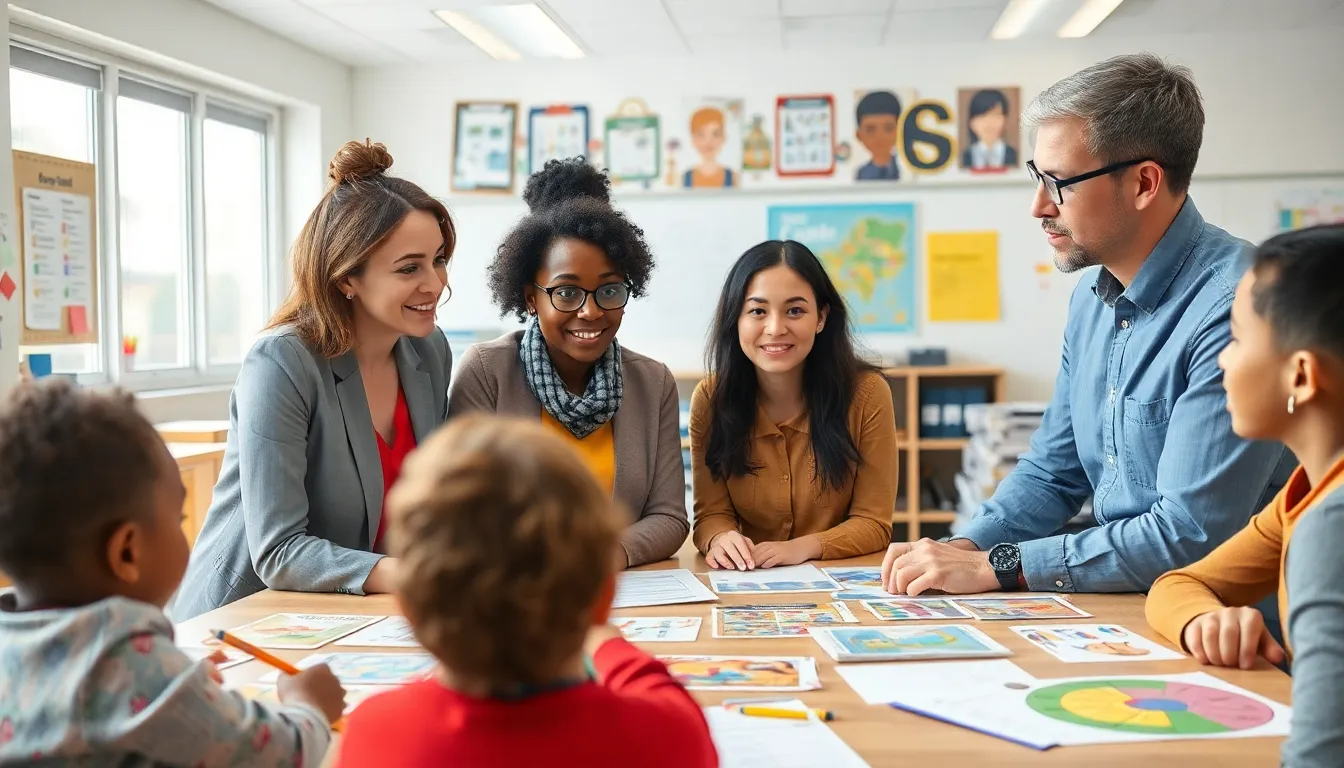Table of Contents
ToggleIndividualized Education Programs (IEPs) play a crucial role in supporting students with disabilities. These tailored plans ensure that each child receives the unique resources and strategies they need to thrive in an educational setting. At the heart of every IEP are specific, measurable goals designed to track progress and foster growth.
Crafting effective IEP goals requires a deep understanding of each student’s strengths and challenges. These goals not only guide educators but also empower families to actively participate in their child’s educational journey. By focusing on clear objectives, IEPs pave the way for meaningful achievements, helping students reach their full potential.
Understanding IEP Goals
IEP goals are tailored objectives within Individualized Education Programs that guide the educational path for students with disabilities. These goals assist in monitoring progress and ensuring that each child achieves educational success.
Definition of IEP Goals
IEP goals are specific, measurable, attainable, relevant, and time-bound (SMART) objectives designed for a child’s unique needs. They address areas such as academic skills, social skills, behavioral outcomes, and functional abilities. Each goal should align with the student’s present levels of performance and include criteria for assessing achievement.
Importance of IEP Goals
IEP goals hold significant value for several reasons:
- Tracking Progress: They enable educators to measure a student’s growth over time, allowing for adjustments in teaching strategies as needed.
- Fostering Accountability: Clear objectives ensure that both educators and parents remain accountable for the student’s educational journey.
- Individualizing Education: Goals focus on the student’s specific strengths and challenges, ensuring tailored support and resources.
- Encouraging Collaboration: IEP goals promote teamwork among educators, families, and specialists, enhancing the overall educational experience.
Effective IEP goals not only guide instruction but also empower students by setting achievable targets that promote independence and success.
Types of IEP Goals

IEP goals fall into several categories, each addressing specific aspects of a student’s development. These include academic, social and emotional, and functional goals, all tailored to meet individual needs.
Academic Goals
Academic goals focus on enhancing a student’s educational performance. These objectives target areas such as reading, writing, math, and other subject-specific skills. Goals might include improving reading comprehension by a specific percentage, mastering a certain number of math concepts within a term, or increasing writing proficiency through regular practice. By setting academic goals, educators and families can track progress and adjust instructional strategies to ensure students meet their learning milestones.
Social and Emotional Goals
Social and emotional goals aim to develop interpersonal skills and emotional regulation. These targets might include improving peer interactions, managing anxiety during group activities, or increasing participation in social settings. Examples of social and emotional goals include working towards initiating conversations with peers or following classroom rules consistently. Addressing these areas fosters resilience, self-awareness, and appropriate social behavior, adding an essential dimension to a student’s overall development.
Functional Goals
Functional goals focus on practical skills that support daily living and independence. These objectives can include improving self-care tasks, communication skills, or adaptive behavior necessary for classroom participation. Goals might address tasks like managing personal hygiene, following directions with minimal prompts, or using assistive technology effectively. Functional goals empower students to navigate their environment more effectively, enhancing their ability to engage meaningfully in both school and community settings.
Developing Effective IEP Goals
Effective IEP goals require collaboration, input from students, and measurable outcomes. Focus on creating goals that reflect the student’s individual needs and foster progress.
Collaborating with Educators
Collaboration among educators enhances the effectiveness of IEP goals. Engage special education teachers, general education teachers, and support staff in goal development. Jointly analyze each student’s strengths and challenges, leveraging diverse insights. Schedule regular meetings to ensure consistent communication and alignment on strategies to support goal attainment. Utilize assessments and observations from all educators to inform goal setting.
Incorporating Student Input
Incorporating student input into IEP goals fosters ownership and engagement. Actively involve students in discussions about their interests, preferences, and aspirations. When students express their goals, it increases motivation and commitment. Use age-appropriate methods, such as interviews or surveys, to gather their thoughts. This approach builds self-advocacy skills and enhances the relevance of the IEP goals.
Setting Measurable Objectives
Setting measurable objectives is crucial for tracking progress effectively. Define specific criteria for success based on each goal, ensuring clarity for all stakeholders. Use observable behaviors, performance indicators, and standardized assessments to measure progress consistently. Establish a timeline for achieving each objective, providing accountability and focus. Regularly review and adjust goals as necessary, based on the student’s evolving needs and achievements.
Monitoring and Evaluating IEP Goals
Monitoring and evaluating IEP goals is essential for ensuring that students receive the support they require to succeed. Regular assessments and adjustments aid in maintaining the effectiveness of these tailored education plans.
Progress Tracking Methods
Progress tracking involves multiple effective methods that measure academic and behavioral growth.
- Data Collection: Implementing daily or weekly data sheets captures specific behaviors or academic tasks, allowing educators to identify trends over time.
- Observations: Frequent observations in classroom settings provide qualitative insights into a student’s engagement and application of learned skills.
- Standardized Assessments: Utilizing standardized tests at regular intervals offers a benchmark for academic progress in relation to grade-level expectations.
- Parent/Teacher Communication: Engaging in regular dialogue with parents ensures that insights about a child’s progress at home and school align and contribute to well-rounded understanding.
- Progress Reports: Creating periodic progress reports summarizing individual goal performance serves as a formal way to document and review advancements.
Adjusting Goals as Needed
Adjustments to IEP goals are crucial whenever progress stalls or significant changes occur in a student’s needs.
- Annual Reviews: Conducting annual IEP reviews allows for a thorough evaluation of goals, ensuring they remain relevant to the student’s current abilities and aspirations.
- Ongoing Feedback: Gathering ongoing feedback from teachers and support staff helps to identify when goals require modification due to emerging challenges or improvements.
- Student Input: Involving students in discussions about their goals encourages ownership and motivation, leading to more appropriate adjustments reflecting their own assessment of progress.
- Skill Mastery: Once a student masters a goal, replacing it with more advanced objectives ensures continued growth and engagement.
- Flexible Timelines: Allowing for flexible timelines based on individual performance and needs can provide more adequate support during challenging periods.
Establishing effective IEP goals is crucial for the success of students with disabilities. These tailored objectives not only guide educational strategies but also empower students to reach their full potential. By focusing on individual strengths and challenges, IEP goals foster collaboration among educators, families, and students.
Regular monitoring and adjustments ensure that these goals remain relevant and effective, adapting to the evolving needs of each child. As stakeholders work together to support students, the journey towards meaningful achievements becomes a shared commitment. With clear, measurable goals in place, students can thrive academically, socially, and functionally, paving the way for greater independence and success in their educational journey.



